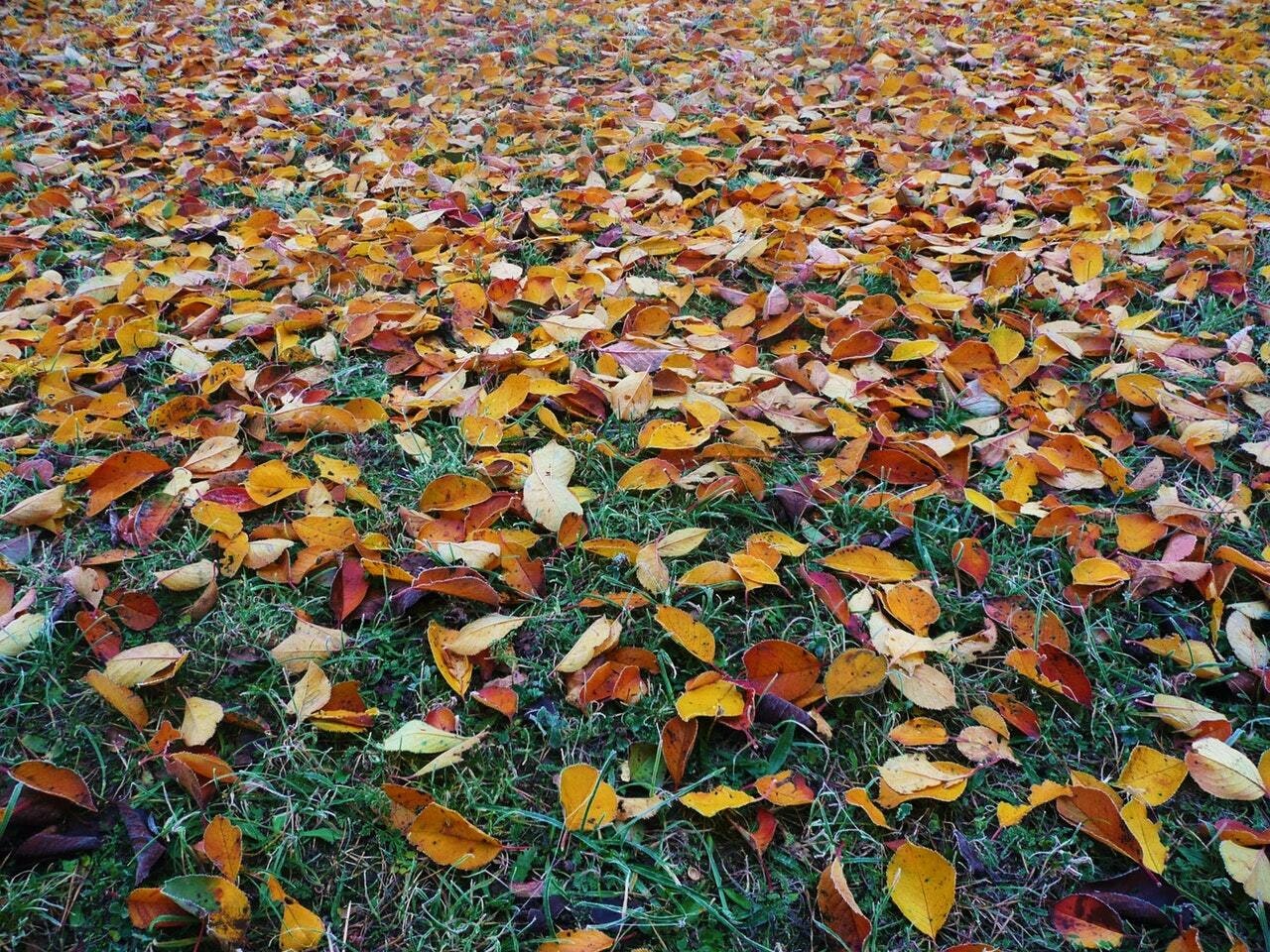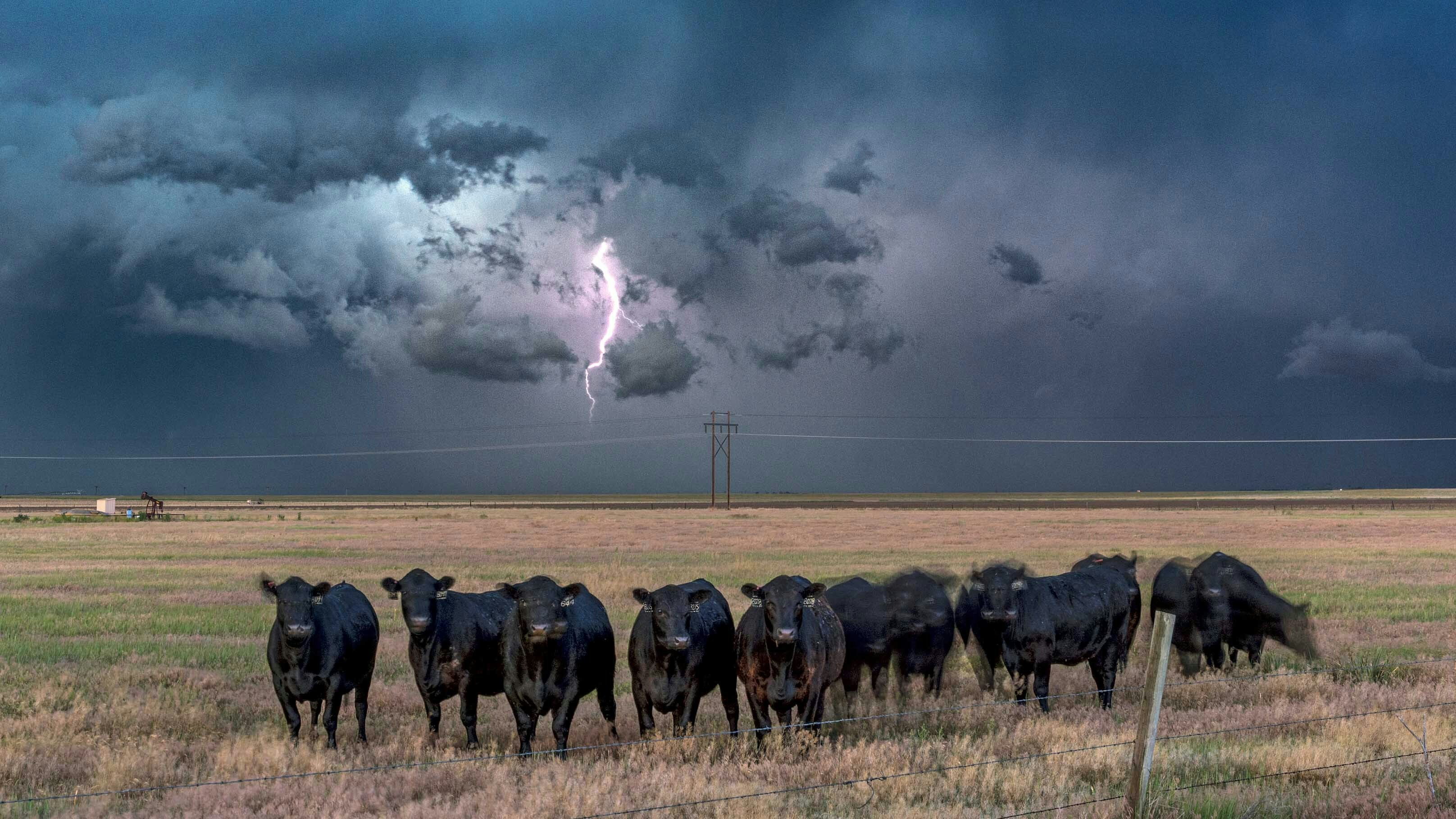It’s that time of year again. The pumpkin spice is flowing, the birds are flying south, and according to social media, the leaves are turning.
But for most Wyomingites, fall colors only appear for a few days before the world turns dead and gray.
In southeast Wyoming, it can feel like it takes longer to rake all the brown leaves than it did for them to die and fall to the ground. In northwest Wyoming, however, residents report fall looks more like the story books with yellows and reds dotting the landscape for weeks at a time.
“The intensity of the colors depends on three different things: Sunlight, temperature and moisture,” said Katie Cheesbrough, a Wyoming Game and Fish Department habitat biologist. “But frost is your major color killer.”
Working primarily in the Saratoga region, Cheesbrough said she couldn’t say for sure why northwest Wyoming experienced brilliant fall colors longer than other parts of the state, but it could be related to wind.
“I think the secret in Jackson is they just have less wind,” she said. “Down here, the wind tends to blow the leaves off the trees before they’ve had a chance to fully turn.”
Most leaves are green in the spring and summer because of the chemical chlorophyll, which is essential to the photosynthesis process, allowing trees to absorb energy from light.
As the weather changes, “The green pigment breaks down rather quickly,” Cheesbrough said.
Without chlorophyll, red and yellow pigments, which are present throughout the year, come to the fore.
Yellow pigments are caused by carotenoid and red pigments are the product of anthocyanin, Cheesbrough explained.
“You’re going to see the best, most intense colors if you have a moist growing season early on, drier periods in the late summer and warm, sunny days in the fall with cool nights that don’t drop below freezing,” she said.
Tree species also play a role in leaf color.
“Maples will have red leaves and aspens are primarily yellow, but do have some red,” Cheesbrough explained.
Leaf colors are genetic traits passed down through generations of trees, which is why an aspen copse tends to be monotoned, she said. But, occasionally, a person might see a bright red aspen floating in a sea of yellow.
“Most people think aspens only reproduce through cloning,” Cheesbrough said, explaining cloning is the process of a single tree growing new stems upward from a single root system. “But they also reproduce through seeds. When you see a lone aspen with different color leaves among others, you’re seeing a different tree’s genes at work.”
Deciduous trees shed their leaves while conifers, like pines and firs, retain their needles.
“They’re completely different organisms with completely different strategies,” Cheesbrough said. “Like some animals migrate to avoid winter and others hibernate, (deciduous trees) basically ditch these energetically expensive parts of themselves. Meanwhile, conifers still need their needles to photosynthesize, but in winter, they go into a dormant state to prevent them losing water through their needles.”
U.S. Forest Service spokesman Aaron Voos said it is common to see leaves in an area change colors at different times.
“We do see a really wide variety of when leaves change throughout Medicine Bow National Forest, and how leaves change color,” Voos said. “This year, a lot of our trees turned much later than normal.”
One of the scientific theories Voos said is predominant in arborist circles is leaves turn based on the length of available daylight, rather than specific weather patterns. No matter the science, he said the early bird gets the worm.
“The best bit of advice I’ve ever got is, ‘When they’re turning, go see them,’” Voos said. “They may not be around that long.”





